found in a river in New Zealand, I was offered this little plate. I am an artist and want to use it for an exhibition about found porcelain shards. I document every piece when possible. thank you for your help
Vraag
Is it a Delft, which era, manufacture?
Thank you
Afmetingen
15cm dial
Collectie
publiekscollectie















Reacties 3
This is clearly a saucer for a tea or coffee cup. It has a Dutch scene, but I suspect that it is a transfer technique that was touched up by hand and quite new given the blue border. Probably first half of the 20th century. It looks like someone drilled holes. Attempted repair? It shows a lot of crackle but since it comes from the river this may have a lot to do with it. Earthenware expands and the glaze does not/less. Origin unknown to me.
Dit is duidelijk een onderschoteltje voor een thee of koffietas. Het heeft een Hollands tafereel doch ik vermoed dat het transfertechniek is dat bijgeschilderd werd met de hand en vrij nieuw gezien de blauwe rand. Vermoedelijk eerste helft 20ste eeuw. Het lijkt erop dat iemand gaatjes boorde. Poging tot herstelling? Het vertoont veel craquelé maar gezien het uit de rivier komt kan dit er veel mee te maken hebben. Aardewerk zet uit en het glazuur niet /minder. afkomst mij onbekend.
mvg Franky
Thank you very much for your message, Franky!
I drill the plate, I am an artist and work with porcelain shards found all over New Zealand. I research the origin of each piece, quite a fascinating journey!
See attached what I do.
thank you again,
Beatrice
Verdict:
Analysis:
Dear Beatrice, thank you for sharing your work and interest in the piece. Just so that others may find this too, I just wanted to add that if a ceramic piece is indeed porcelain, then it cannot be Delftware, as this is tin-glazed earthenware. You might already be familiar, but just in case...
En dank Franky voor de analyse!
Add new comment
Only logged in users can post comments
Log in or register to post comments